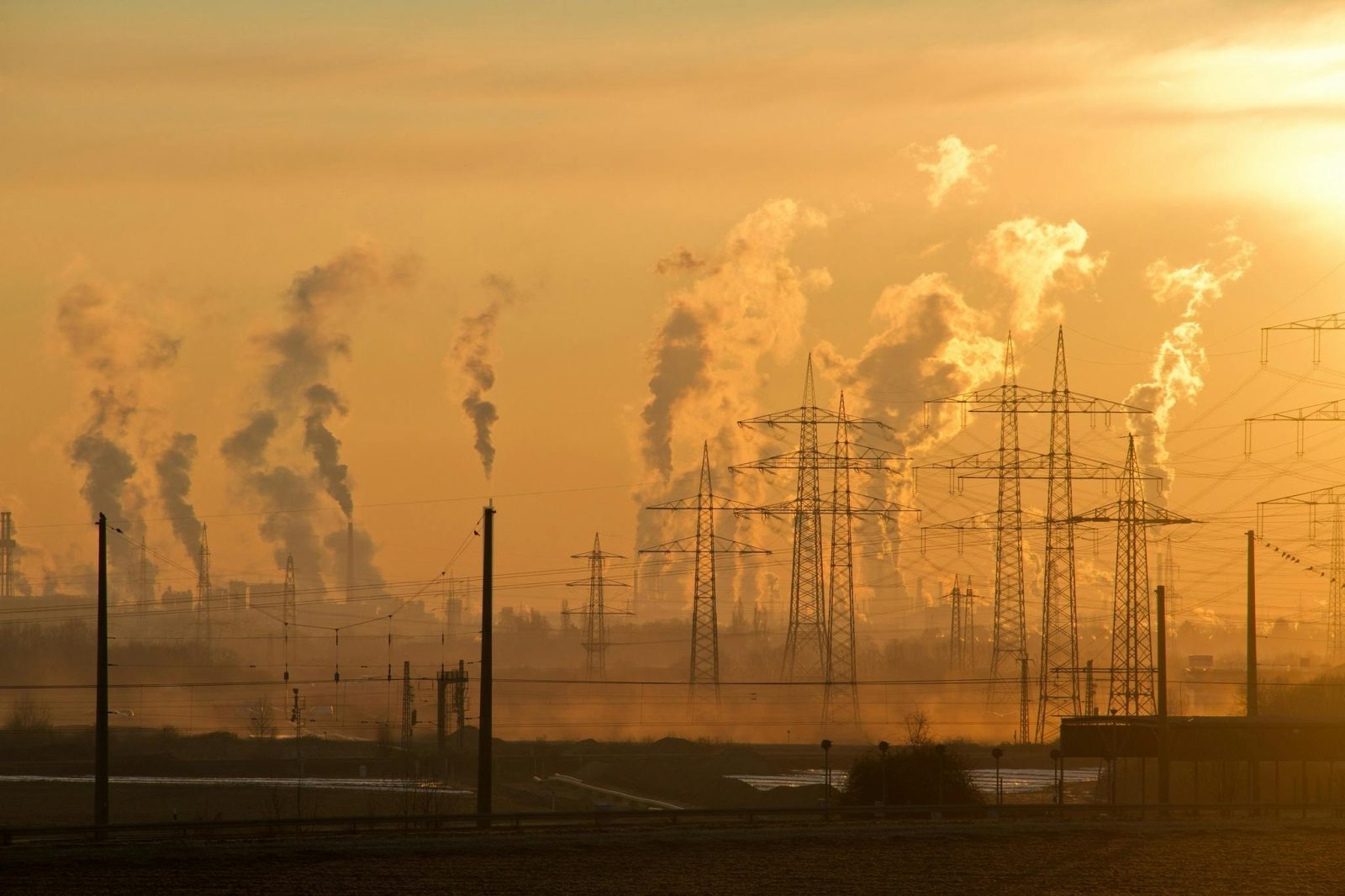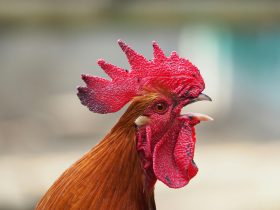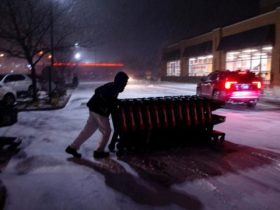The University of Nebraska’s High Plains Regional Climate Center in Lincoln is teaming up with weather experts from neighboring states to improve weather predictions. Their goal is to collect and use climate data to help communities prepare for extreme weather events like tornadoes, droughts, and mosquito outbreaks.
Why the Collaboration Matters
Weather in the Midwest can be unpredictable. For example, last summer, Iowa set a record for the number of tornadoes. Working together with experts from nearby states allows weather forecasters to provide more accurate and timely information to keep people safe.
The center in Lincoln plays an important role in this effort. Climatologist Gannon Rush explains how the collaboration has been helpful. For instance, the High Plains center worked with a climate expert from the Northeast U.S. to tackle an issue in South Dakota that doesn’t involve dangerous weather but still has a big impact on people’s lives: mosquitoes.
Tackling the Mosquito Problem
In South Dakota, mosquitoes are a big issue. Every year, the state spends millions of dollars to control the mosquito population. It’s not just a nuisance; mosquitoes can spread diseases like West Nile virus. The team in Lincoln used climate data to predict mosquito numbers and shared this information with local health officials. This data helps them take preventive measures to protect people from health risks.
Helping Farmers and Ranchers
The High Plains Climate Center also helps farmers and ranchers make better decisions based on weather predictions. For example, if there’s a forecast of a dry spring or summer, farmers may decide not to plant crops like corn, which need a lot of water. Instead, they might plant drought-resistant crops like milo or sorghum. This helps them avoid losses and ensures they have crops that can survive in dry conditions.
Ranchers also benefit from this climate data. They can make decisions about the size of their cattle herds based on how much rain or moisture is expected. This helps them manage their operations more effectively and avoid problems caused by extreme weather.
Conclusion
The work being done at the High Plains Regional Climate Center in Lincoln is making a big difference in the Midwest. By using climate data to predict everything from tornadoes to mosquito populations, the center is helping communities prepare for extreme weather and make better decisions. Farmers, ranchers, and health officials are all benefiting from this valuable information, and it’s helping save lives and reduce costs across the region.
(Source : kmaland.com)













Leave a Reply